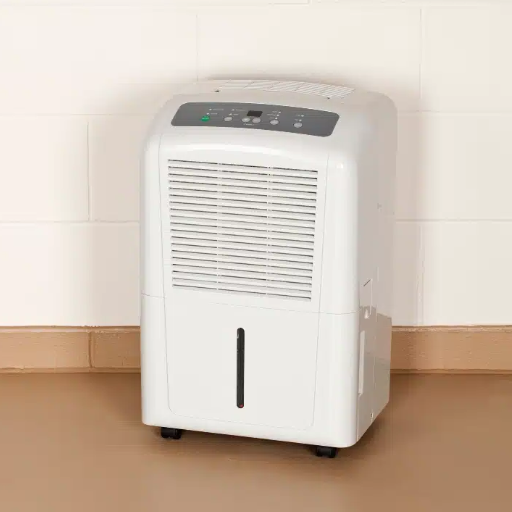The Importance of Addressing Musty Smells
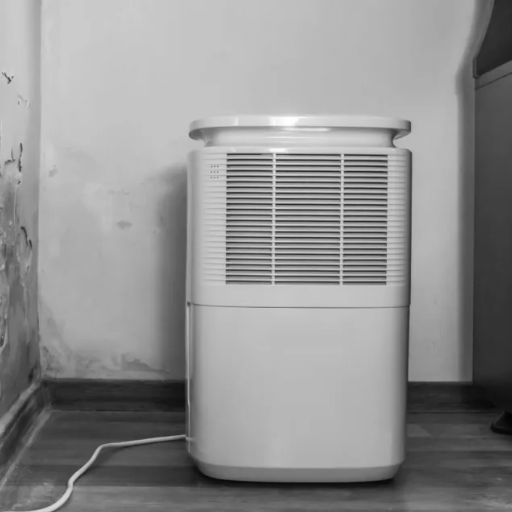
Understanding the Impact on Indoor Air Quality
The common name for damp smells in the basement is moldy odors. They stand for having an excess amount of humidity or moisture. Poor ventilation may further be considered to have a degrading effect on the indoor air quality of the living spaces. When humidity suddenly spikes in interiors, mold and mildew find it comfortable to breed, and these biological organisms release spores into the air.
Excessive humidity favors the growth of dust mites. Meanwhile, the Environmental Protection Agency (EPA) suggests that dust mites constitute among the primary indoor allergens and may contribute to poor indoor air quality, especially in a contained environment with little to no air circulation.
Negative Effects on Comfort and Health
Excessive moisture and musty odors are a major deterrent to comfort in basements. The high levels of moisture produce an unpleasant living atmosphere due to the dampness of furniture, walls, and all possessions. The dreadful dampness makes it impossible for comfort to exist, while unpleasant smells flood the air to render the space unusable.
Identifying Underlying Issues: Excess Moisture and Mold
Common causes of excess moisture in a building include:
- Poor ventilation
- Leaks in the structure
- High humidity
- Improper drainage
When the moisture level exceeds the indoor relative humidity of 30-50%, molds are capable of growing. Mold spores germinate under warm conditions with moisture, spreading on surfaces such as drywall, wood, and carpeting.
How Dehumidifiers Work
The Science Behind Dehumidification
Modern dehumidifiers employ systems to promote efficiency and accuracy. For example, many machines have hygrometers, a device that constantly measures relative humidity levels in the air. This sensor supports automatic adjustments to maintain an optimum humidity range of roughly 30-50 percent, as suggested by the Environmental Protection Agency (EPA).
How Excess Humidity Contributes to Mold Growth
| Humidity Level | Mold Risk | Health Impact | Recommended Action |
|---|---|---|---|
| Below 30% | Very Low | May cause dry skin/eyes | Consider humidification |
| 30-50% | Low | Optimal comfort | Maintain this range |
| 50-60% | Moderate | Increased allergens | Monitor closely |
| Above 60% | High | Mold, mildew, respiratory issues | Use a dehumidifier immediately |
Creating a Fresher, Healthier Environment
The main concept in crafting an environment that is fresh and healthy is to ensure good ventilation. Proper ventilation allows a controlled exchange of stale indoor air for fresh outdoor air, while minimizing energy losses. Some common ventilation systems include:
- Energy Recovery Ventilators (ERVs) – Exchange stale air while preserving energy
- Whole-house fans – Promote air circulation throughout the home
- HEPA air purifiers – Filter 99.97% of airborne particles of size 0.3 microns
- Activated carbon filters – Remove odors and gas contaminants
The Connection Between Humidity and Musty Smells
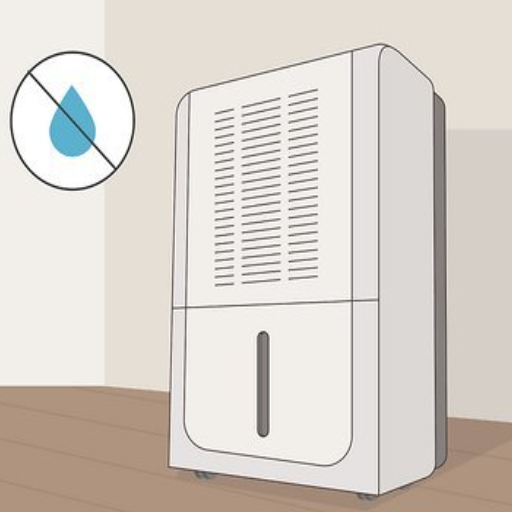
How Damp Conditions Promote Mold and Mildew
Mold and mildew love excessive moisture indoors. When relative humidity exceeds 60%, water vapor starts condensing on cooler surfaces such as walls, windows, or floors, giving moisture to fungal spores for sustenance. To thrive and form colonies, mold has to have water, organic matter to feed on, and an adequate temperature range, generally from 40°F to 100°F.
Understanding the Sources of Unpleasant Odors
Unpleasant odors can stem from multiple sources:
| Odor Source | Common Locations | Primary Cause | Solution |
|---|---|---|---|
| Mold & Mildew | Basements, bathrooms | High humidity | Dehumidification |
| Bacterial Growth | Kitchen, laundry | Organic matter decay | Cleaning & ventilation |
| Chemical VOCs | Throughout home | Cleaning products, paints | Air purification |
| Pet/Animal Odors | Carpets, upholstery | Organic compounds | Deep cleaning |
Controlling Humidity to Eliminate Musty Smells
Dehumidification stands highly as the primary counteraction against excessive moisture. Modern dehumidifiers are designed to be energy efficient with settings suitable for room size and even come with HEPA filters that support universal air cleaning.
Practical Tips for Using a Dehumidifier Effectively
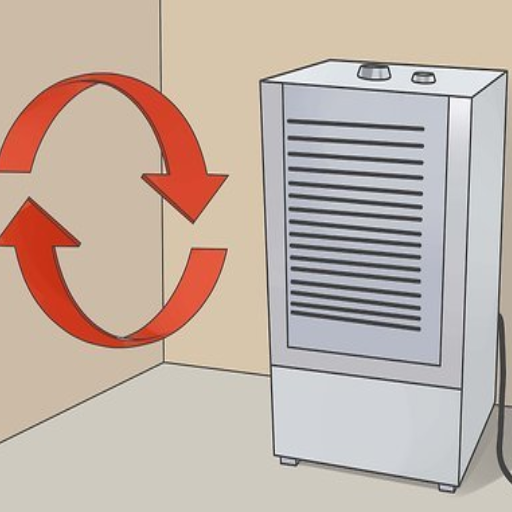
Correct Placement and Ideal Humidity Settings
Place the dehumidifier where excess humidity is most felt:
- Basement – Most common location for musty odors
- Bathroom – High moisture from showers and baths
- Laundry area – Steam from washers and dryers
Seasonal Humidity Settings
| Season | Recommended Setting | Reason |
|---|---|---|
| Winter | 45-50% RH | Air is naturally drier and cold |
| Summer | 30-40% RH | Higher outdoor humidity levels |
| Spring/Fall | 35-45% RH | Moderate conditions |
Regular Maintenance for Optimal Performance
Dehumidifiers require quality maintenance for lasting effectiveness:
- Air Filter Cleaning – Every 2 weeks or as indicated by the user manual
- Water Collection System – Empty before it fills up; check drainage hose
- Condenser Coil Maintenance – Clean periodically to maintain cooling efficiency
- Digital Maintenance Records – Track maintenance for optimal performance
Comparing Dehumidifiers to Other Odor-Eliminating Methods
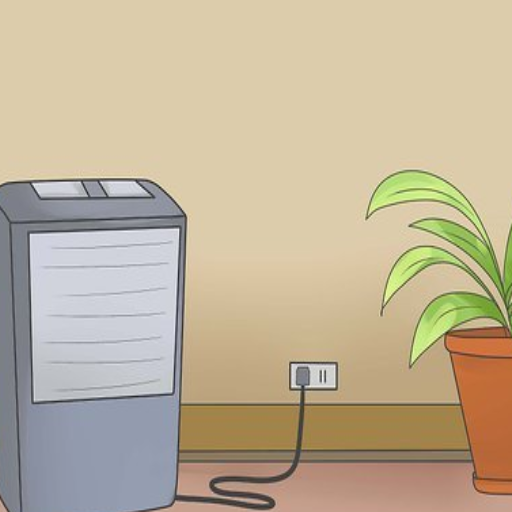
Pros and Cons of Air Fresheners and Cleaning Solutions
| Method | Pros | Cons | Best Use Case |
|---|---|---|---|
| Air Fresheners | Instant application, variety of scents, low upfront cost | Temporary effects, chemical sensitivities, masks odors | Quick temporary solution |
| Cleaning Solutions | Direct attack on dirt, customizable strength | Limited penetration, may contain VOCs | Surface-level cleaning |
| Dehumidifiers | Addresses root cause, long-term solution, and health benefits | Higher initial cost, requires maintenance | Persistent moisture-related odors |
Why Dehumidifiers Are Effective for Musty Smells
Given that musty odors are caused by moisture problems, dehumidifiers are thus a great solution to combating musty scents. High humidity supports the growth of mold and mildew, both of which root to that familiar musty smell inside houses and buildings.
Frequently Asked Questions (FAQ)
References
- Kansas State University Research: This document focuses on the use of dehumidifiers for air quality and for controlling musty odors induced by particulates and textiles.
- Academic Review about Air Purifiers and Humidifiers: This paper emphasizes the importance of controlling humidity to ensure that mold and dust mites are controlled through dehumidifiers.
- Desiccant Dehumidifiers and Air Treatment: This document explains the use of desiccant dehumidifiers for combating mold, mildew, and bacteria that compose musty smells.

